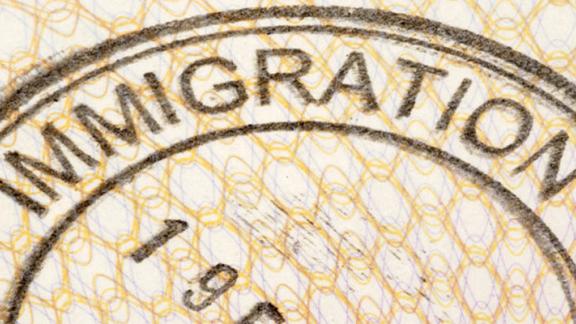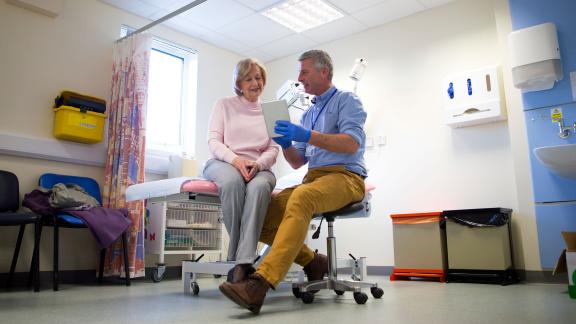Employment checks document cross reference tool

This resource identifies which documents are required for the identity, right to work and criminal record checks. To satisfy the checks, recruiting managers will need to seek and validate the document combinations as outlined below.
Identity checks
- two forms of photographic ID and one form confirming address, or
- one form of photographic ID and two forms confirming address, or
- two forms confirming address, two forms of non-photographic and a passport sized photo (with a counter-signatory).
The list of identity documents provided are recommended on the basis that they have required the individual to have some form of identity check for them to be issued and therefore offer the strongest assurance. Other evidence could be acceptable. You can refer to further guidance on gov.uk.
Right to work checks
- one of the documents or combination of documents as outlined in list A, or
- one of the documents or combination of documents as outlined in list B (group 1 or 2).
Detailed information on the documentary evidence required can be found on the UK visas and immigration section of the gov.uk website.
Criminal record checks
There are three routes employers can use to satisfy this check, each requiring a different combination of documents. The combination of documents presented must confirm the applicant’s name and date of birth.
- Route 1: This route should be used where possible. Applicants must provide one document from the group 1 (primary) list and two further documents from either group 1, 2a or 2b.
- Route 2: This route is for applicants who cannot provide documents listed in group 1. Applicants must provide one document from group 2a and two further documents from either group 2a or 2b. Documents should be verified using an appropriate external ID verification process.
- Route 3: This route can only be used if it's impossible to process the application through routes 1 or 2. Applicants must provide a birth certificate issued after the time of birth (UK and Channel Islands), one document from group 2a and a further three documents from group 2a or 2b. If the applicant can’t provide these documents, they may need to be fingerprinted.
Detailed information on the documentary evidence required can be found on the Disclosure and Barring Service website.



